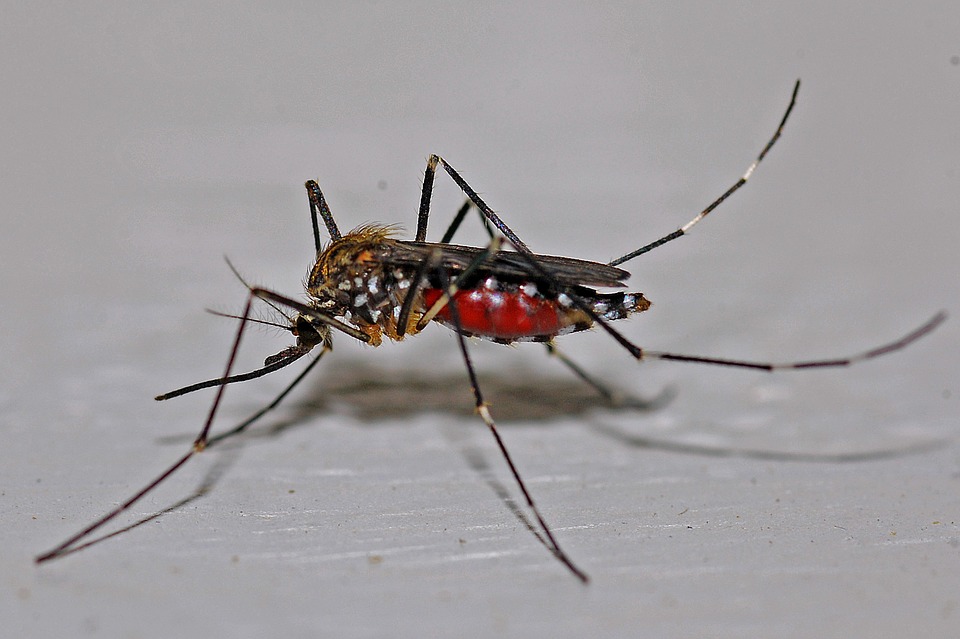Individuals showing no symptoms are likely the primary source of dengue fever, according to new research (“Contributions from the Silent Majority Dominate Dengue Virus Transmission”) published in PLOS Pathogens. Nearly 400 million people each year are infected with dengue virus, which is transmitted through mosquitoes.
The study estimates that more than 80% of dengue virus infections are attributable to individuals with mild to no symptoms who do not seek treatment from a physician. The study also indicates that nearly a quarter of dengue virus transmission is the result of mosquitoes biting those already infected before the onset of symptoms. By the time those symptoms appear, the opportunity to prevent the virus from spreading has passed.
“Despite estimates that, each year, as many as 300 million dengue virus (DENV) infections result in either no perceptible symptoms (asymptomatic) or symptoms that are sufficiently mild to go undetected by surveillance systems (inapparent), it has been assumed that these infections contribute little to onward transmission. However, recent blood-feeding experiments with Aedes aegypti mosquitoes showed that people with asymptomatic and pre-symptomatic DENV infections are capable of infecting mosquitoes. To place those findings into context, we used models of within-host viral dynamics and human demographic projections to (1) quantify the net infectiousness of individuals across the spectrum of DENV infection severity and (2) estimate the fraction of transmission attributable to people with different severities of disease. Our results indicate that net infectiousness of people with asymptomatic infections is 80% (median) that of people with apparent or inapparent symptomatic infections (95% credible interval (CI): 0–146%). Due to their numerical prominence in the infectious reservoir, clinically inapparent infections in total could account for 84% (CI: 82–86%) of DENV transmission, write the investigators..
“Of infections that ultimately result in any level of symptoms, we estimate that 24% (95% CI: 0–79%) of onward transmission results from mosquitoes biting individuals during the pre-symptomatic phase of their infection. Only 1% (95% CI: 0.8–1.1%) of DENV transmission is attributable to people with clinically detected infections after they have developed symptoms. These findings emphasize the need to (1) reorient current practices for outbreak response to adoption of pre-emptive strategies that account for contributions of undetected infections and (2) apply methodologies that account for undetected infections in surveillance programs, when assessing intervention impact, and when modeling mosquito-borne virus transmission.”
“Until a few years ago, it was assumed that individuals with mild to no symptoms contributed relatively little to dengue virus transmission,” said Alex Perkins, Ph.D., Eck Family Assistant Professor of Biological Sciences at the University of Notre Dame and senior author on the study. “Our research reveals that people showing no symptoms of dengue virus infection are contributing much more than was previously recognized, so that we now have a better idea of the large extent to which they contribute to the spread of this disease.”
Researchers at the University of Notre Dame used mathematical modeling to quantify what fraction of dengue virus infections might be caused by people whose illnesses were undetected by public health surveillance systems. Their work involved integrating datasets on the amount of virus in the blood during various stages of infection, the severity of symptoms in relation to previous infections, and the proportion of infections resulting in clinical consultation.
The World Health Organization currently focuses disease surveillance efforts on detecting outbreaks, monitoring trends in the number of cases, and assessing the possibility of outbreaks. This surveillance encompasses the monitoring of suspected and confirmed dengue cases.
“Unfortunately, based on our study, those who need to be targeted with interventions are either being identified after they have already contributed to transmission or are not being identified at all,” said Dr. Perkins. “Our results indicate that it might be necessary to shift emphasis toward more proactive disease prevention strategies that do not rely as strongly on responding to detected cases.”



